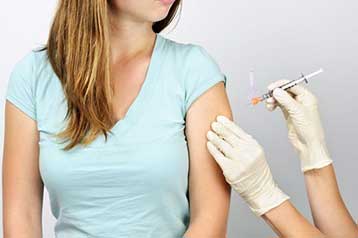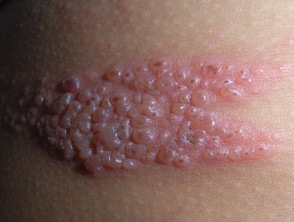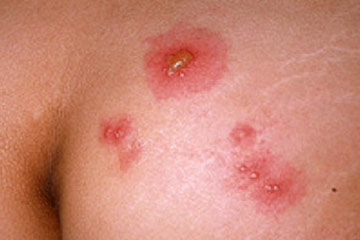Cholera Epidemiology and Risk Factors
Cholera is an acute intestinal infection causing profuse watery diarrhea, vomiting, circulatory collapse and shock. Many infections are milder diarrhea or are asymptomatic.
Brackish and marine waters are a natural environment for the etiologic agents of cholera, Vibrio cholerae O1 or O139.
There are no known animal hosts for Vibrio cholerae, however, the bacteria attach themselves easily to the chitin-containing shells of crabs, shrimps, and other shellfish, which can be a source for human infections when eaten raw or undercooked. In 2009, 45 countries reported 221,226 cholera cases and 4,946 cholera deaths (case-fatality rate 2.24%) to the World Health Organization (WHO). Resource-poor areas continue to report the vast majority of cases; 99% of cases were reported from Africa, continuing a trend.
The disease is caused by toxigenic Vibrio cholerae O-group 1 or O-group 139.
- Only toxigenic strains of serogroups O1 and O139 have caused widespread epidemics and are reportable to the World Health Organization (WHO) as "cholera". Click here for more information on illness caused by non-O1 and non-O139 V. cholerae serogroup infections.
- V. cholerae O1 has two biotypes, Classical and El Tor, and each biotype has two distinct serotypes, Inaba and Ogawa. The symptoms of infection are indistinguishable, although a higher proportion of persons infected with the El Tor biotype remains asymptomatic or have only a mild illness.
- In recent years, infections with the Classical biotype of Vibrio cholerae O1 have become quite rare and are limited to parts of Bangladesh and India.
Many other serogroups of Vibrio cholerae, with or without the cholera toxin gene, can cause a cholera-like illness, as can non-toxigenic strains of the O1 and O139 serogroups. Click here for more information on illness caused by non-O1 and non-O139 V. cholerae serogroup infections. Cholera is a major cause of epidemic diarrhea throughout the developing world. There has been an ongoing global pandemic in Asia, Africa and Latin America for the last four decades. In the United States, incidence is very low (0-5 cases per year) due to ingestion of contaminated food. If left untreated, 25-50% of typical cholera cases are fatal.
A person can get cholera by drinking water or eating food contaminated with the cholera bacterium. Large epidemics are often related to fecal contamination of water supplies or street vended foods. The disease is occasionally transmitted through eating raw or undercooked shellfish that are naturally contaminated.
Large population migrations into urban centers in developing countries are straining existing water and sanitation infrastructure and increasing disease risk. Epidemics are a marker for poverty and lack of basic sanitation. Multiple routes of transmission mean that successful prevention may require different specific measures in different areas. Natural infection and currently available vaccines offer incomplete protection of relatively short duration; no multivalent vaccines are available for O139 infections.
Simple rehydration treatment saves lives, but logistics of delivery in remote areas remains difficult during epidemic periods. Accompanying antibiotic treatment is helpful but may be difficult because of growing antimicrobial resistance. Natural reservoirs in warm coastal waters make eradication very unlikely.
In the U.S., there has been a modest increase in imported cases since 1991 related to travel and ongoing epidemics.
Source
Centers for Disease Control and Prevention






